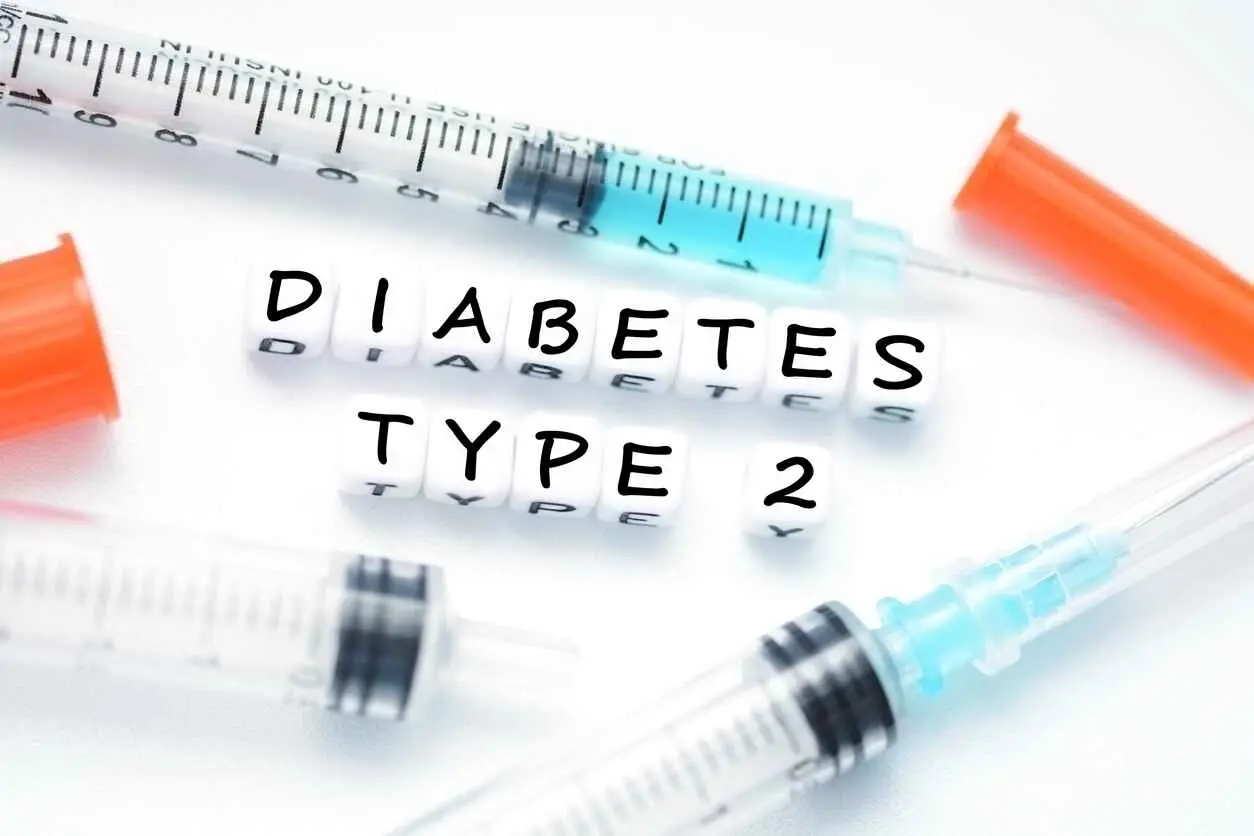Novel GLP-1 Agonist Could Lead To Long-Lasting Type 2 Diabetes Treatment
- There has been an alarming rise in the prevalence of type 2 diabetes around the world.
- GLP-1 agonists are effective in both controlling blood sugar levels and reducing cravings, making them an essential treatment option for individuals with type 2 diabetes.
- As the drugs quickly metabolise within the body, patients must receive frequent doses of oral tablets or injections to maintain their effectiveness.
- To enhance the duration of the compound, researchers have combined native GLP-1 with a different protein, resulting in an extended half-life, according to a recent study.
- This could potentially pave the way for the development of an extended-release therapy for individuals with type 2 diabetes.
Scientists have developed a groundbreaking long-acting GLP-1 agonist that, once proven effective in clinical trials, could extend the interval between treatments for individuals with type 2 diabetes.
Diabetes causes high blood glucose levels and is a chronic disease. It is estimated that the number of people affected by diabetes will exceed 1.31 billion by 2050, more than double the current number. Two types of diabetes namely type 1 diabetes. Insufficient insulin produced by the pancreas causes it, and the body's resistance to insulin characterises type 2.
The most common form of diabetes is type 2, affecting at least 90% of individuals with the condition. There are different risk factors for type 2 diabetes, including obesity, a sedentary lifestyle, family history, and being older. However, it is worth noting that the prevalence of type 2 diabetes is also on the rise among younger individuals.
Apart from changing their diet and exercise routine, individuals with type 2 diabetes often rely on metformin, insulin, and GLP-1 receptor agonists (known as GLP-1 agonists) to regulate their blood sugar levels and enhance their overall well-being.
Even though they are effective in lowering blood glucose levels and stimulating insulin secretion, GLP-1 agonists have drawbacks. The majority of these medications require subcutaneous injections, making it necessary for individuals with type 2 diabetes to either take tablets daily or administer injections frequently.
Current GLP-1 Receptor Agonists Used For T2D
Exenatide, the initial GLP-1 receptor agonist approved in 2005, paved the way for the development of two categories of GLP-1 receptor agonists: short-acting ones requiring twice-daily injections and longer-acting ones that only need to be injected once daily or even once a week.
In addition to its short-acting version, Exenatide (Byetta) also comes in longer-acting versions that specifically target fasting blood glucose levels. These versions stimulate insulin secretion while decreasing glucagon secretion, a hormone that releases glucose into the bloodstream. It includes
Liraglutide is the first GLP-1 agonist available once a day
Two versions of semaglutide are available: a tablet (Rybelsus) and an injection (Ozempic).
One week's supply of dulaglutide (Trulicity) is prescribed for people.
Extending GLP-1 Drug Life For Treating Type 2 Diabetes
The researchers successfully created chimeric proteins by combining GLP-1 with a DARPin that binds to human serum albumin (HSA). Computational analysis determined that these engineered proteins would maintain their functional properties and effectively interact with the target protein.
To address the limited duration of action of native GLP-1 in treating type 2 diabetes, the study focuses on developing chimeric fusion proteins. These innovative proteins combine protease-resistant GLP-1 mutants with DARPin to extend the therapeutic effects and improve disease management.
Further research should be conducted to explore the therapeutic applications of these two proteins.
The mGLP1-DARPin-1 fusion protein, which has increased resistance against DPP-IV cleavage, offers a potential solution for an extended-release injectable form of GLP-1. Similarly, the mGLP1-DARPin-2 fusion protein, which is resistant to both DPP-IV and trypsin cleavage, holds promise as a candidate for oral delivery of GLP-1 encapsulated in plant cells using a method that utilises plant carbohydrates that are indigestible to humans.
Nevertheless, due to the nature of this study being computational, the researchers emphasise the importance of conducting further research and acknowledge that their study is still in progress.
Given that it appears to elevate GLP-1 levels in the body, albeit via a distinct mechanism from the existing GLP-1 receptor agonist, it could lead to a more prolonged and effective increase in the hormone, resulting in enhanced bioavailability.
GLP-1 Agonist's Benefits And Risks
The currently available GLP-1 agonists may cause nausea, vomiting, diarrhoea, and allergic reactions at the injection site and, according to specific reports, a potentially higher likelihood of developing acute pancreatitis.
The drug may need to be discontinued if individuals experience severe gastrointestinal side effects such as nausea, acid reflux, constipation, and bloating, which occur more frequently with high doses of GLP-1.
This potential benefit, if unrelated to any unintended consequences of this innovative technology, could present a significant advantage compared to the current GLP-1 receptor agonists.
Unluisler acknowledged that if the trials prove successful, these new GLP-1 agonists could be promising options for long-term treatment.
By employing various techniques, including molecular biology, structural prediction, and molecular dynamics simulations, the researchers aim to evaluate the stability, solubility, and binding affinity of fusion proteins.
If future research and clinical trials yield positive results, this approach has the potential to significantly enhance blood glucose management for individuals diagnosed with type 2 diabetes. Nevertheless, there is a need to exercise caution and await additional experimental validation and clinical trials to fully evaluate the safety and efficiency of these fusion proteins, as there are concerns regarding their immunogenicity, cost, and method of administration.
Long-acting diabetes medications may take a while to become available to individuals with type 2 diabetes.
Connect with one of our doctors at Mobi Doctor with the click of a button and receive the care you require.






